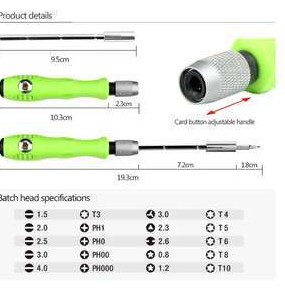

By that, I mean Dia uses one window for the working window, and a separate window for the Toolbox (see Figure 1).


Now that you are installed, you are ready to start diagramming.ĭia has a somewhat similar interface to The GIMP. If you are using an rpm-based system (such as Fedora), you can install with the command: If you are using an apt-based system (such as Ubuntu), you can install with the command: You can also opt to install Dia from command line. If your Linux machine doesn’t have Synaptic, it will have a similar front-end for PackageKit (look for Add/Remove Software in your menu). Of course, depending upon your installation, some dependencies will have to be resolved (which Synaptic should handle smoothly). For example, to install Dia with Synaptic follow these steps: Like all good modern Linux distributions, I am sure the one you are using has a robust Add/Remove Software tool like Synaptic. In this article, I am going to show you how to install Dia and then make use of this outstanding, open source tool. Of course, like all good tools, you can export your files (such as EPS, SVG, XFIG, WMF and PNG).

Dia was (somewhat) inspired by the Microsoft Visio tool and saves to a custom, gzipped, XML format. Dia is an open source, GTK+-based diagram creation tool for Linux. Linux has plenty of flowchart tools to satisfy nearly any need. But what do you do if you are a Linux user? Do you suffer through having to either dual boot or run Windows in a virtual machine (see my article “ VirtualBox offers simple, easy to use virtual solutions” for more information)? Without these handy tools, it is often difficult to diagram the flow of work, electricity, cash, you name it! In the world of Windows there are plenty of options for creating flow charts. Flowcharts are a way of life for many people in business, engineering, and many other crafts and professions.


 0 kommentar(er)
0 kommentar(er)
